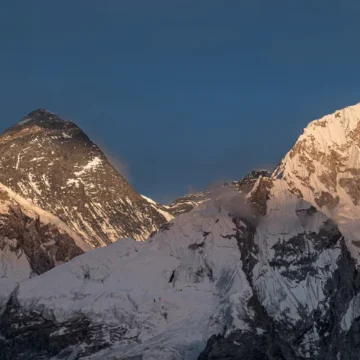
Family Trekking in Nepal: The Best Routes and Tips
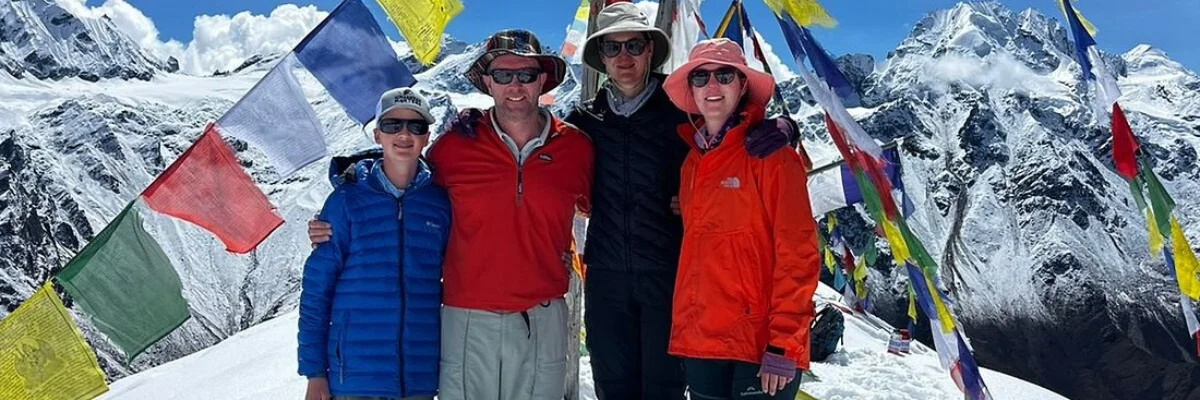
Table of Contents
Through our detailed discussion with authorized guides and our experience as an adventure company in Nepal, we have come to know that family trekking in Nepal is the best and safest experience.
Why choose Nepal for Family Trekking?
A country with the great Himalayas part of it, rich history and culture and secularism showcasing the beauty of every religion. Nepal is a paradise for visitors, offering a diverse choice of locations to visit, from snowy peaks to dry desert-like landscapes.
I will let you know how Nepal is the best choice for Family trekking in Nepal. It is the best choice because your encounter will be with soft-speaking Nepalese people, peaceful trails, and stunning mountain vistas.
For a family man, safety always comes first. Nepal is a safe country as there is less risk of violent attacks. Unlike Western countries and some Asian countries, Nepal offers the most safety with very rare violent attacks.
You don’t have to be a serious hiker to have experience in the Himalayas in Nepal. Many family treks are easy or moderate in difficulty. There are beautiful mountain view locations where families can trek, including kids and senior citizens. You will find comfortable transport service, cozy teahouses and a budget-friendly trek in Nepal.
Is trekking in Nepal with family safe?
Tourists coming to Nepal from around the globe rarely feel any threat or violence from locals. Family trekking locations are very safe, with authority on the stand to provide help anytime, and locals are very helpful, too.
But uncertainty can still be the case. No one knows the unknown. Accidents can happen on the way, which your insurance will take care of if you have. Nepal has enhanced trekking safety measures, requiring all trekkers to have authorized guides in restricted areas of Nepal.
There are some measures that you will have to adopt to ensure your safety, such as how to act in different weather conditions, educating yourself about altitude sickness and telling your family members to stick together on hard trails.
Plan your family trek to Nepal during spring and autumn since the weather is stable during these seasons, and it is peak tourism time in Nepal. Don’t wander off too far from the recommended trail; hire a licensed guide and take care of your body.
If you are trekking in normal terrains in Nepal with your family, then there is no such threat. But in slightly high-altitude trekking, there can be bigger dangers such as avalanches and accidents. You can enjoy your family trekking in Nepal without any problem since there is a very low crime rate.
You or your family members might face injury, have painful legs or blisters, in that case you can complete your trek in horse back. There are so many treks in Nepal where you can do horse trekking in Nepal like in Upper Mustang horse riding trek. Horse riding treks will provide you some comfort and let you focus on enjoying the view
There are family treks in Nepal, where you can see the mountain view, feel the old traditional houses and observe Nepalese locals. The following are the treks that you can do with your family.
Australian Camp Camp Trek
Australian Base Camp, at an elevation of 2,065 meters (6,647 feet), is a high-altitude location in Pokhara from where you will get to see the snow-covered mountain ranges. It is a day trek that requires you to travel both by jeep and on foot.
You travel to Kande from Pokhara on a jeep or bus for 45 min to 1.5 hour and trek for 1.5-2 hours to get to Australian Base Camp. Teahouses are cozy and kid-friendly, providing twin rooms and hearty meals.
This trek is short, safe, and scenic. The trails are well-marked and gentle. No long, steep climbs. Lots of rest spots. Plus, you’ll be surrounded by friendly locals and peaceful villages which are less crowded and more relaxed.
Watch the sunrise over Annapurna South and Machhapuchhre and explore nearby Dhampus village or walk through forested trails. This short, kid-friendly trek is great for birdwatching, taking mountain photos, or just playing in the meadows.
Ghorepani Poon hill trek
The Ghorepani Poon hill trek starting from Pokhara is a moderately difficult trek that is perfect for families. It takes 4-6 days to complete and offers a combined natural and cultural experience. The journey starts with a drive to Nayapul with blacktopped road conditions, but some sections can still be bumpy.
The teahouse on the trail provides warm hospitality and basic amenities, including kid-friendly meals, beds, blankets, and hot showers. Since you are with kids, you should choose to trek for just 4 or 5 hours a day. The trail is full of rhododendron flowers and traditional villages, which offers an opportunity to have a unique experience.

The highest point of the Poon hill trek is Poon hill, which is at an elevation of 3210 meters (10531.5 ft). The highlight of the trek is the sunrise view from Poon hill, where you can watch Annapurna and Dhaulagiri turn golden; it can be a very special memory for all members of the family. This trek is perfect for families with kids because it doesn’t consist of hard trekking, longer acclimatization days, and the risk of avalanches.
Langtang Valley Trek
The Langtang Valley Trek is a peaceful journey close to Kathmandu, perfect for families looking for Himalayan beauty without the crowds. The trek usually takes 7 to 10 days, beginning with a drive from Kathmandu to Syabrubesi.
The road is winding but mostly paved, with occasional bumpy stretches near the trailhead. The trekking trail is well-defined and gradually climbs through bamboo groves, pine forests, and alpine meadows. Families walk around 5 to 6 hours a day, making steady progress toward Kyanjin Gompa.
Teahouses are cozy and run by friendly locals, offering homemade food and basic rooms with warm blankets. The highest point is around 3,870 meters at Kyanjin, making it suitable for kids who acclimatize slowly.
This trek stands out for its raw natural beauty, peaceful trails, and chance encounters with yaks and red pandas. Families can enjoy short day hikes to the glacier or climb nearby ridges for jaw-dropping views. It’s a quiet, soulful trek that introduces children to mountain life and local Tamang culture.
Ghandurk village trek
A short scenic trek known as the Ghandruk Trek suits families who need to keep their travel time brief. It is usually completed within 2-3 days, which depends on your pace and goal.
You will take a drive to Nayapul, which is the starting point for the Ghandruk Village trek. After 3-4 hours of trekking, you will reach Ghandruk village. Ghandruk’s teahouses provide multiple facilities, including comfortable accommodation rooms, delicious local food and friendly reception services.
The trail is well-marked and not too steep, allowing families to enjoy the journey at a relaxed pace. At an altitude of 2,012 meters, the risk of altitude-related issues is negligible.
The highlight of the Ghandruk Village trek is observing Gurung houses and breathtaking mountain scenery, trying local cuisine, and trying local costumes. This trek offers a perfect blend of nature and culture, ideal for a family getaway.
Nagarkot to Dhulikhel Hike
The Nagarkot to Dhulikhel hike is a perfect family-friendly trek that offers a peaceful experience near the bustling town of Kathmandu. It is about a 16 kilometer (9.9 miles) hike, which will take you about 5-6 hours, depending on your pace.
You can easily travel to Nagarkot by local bus, jeep, and car. When you start your trek, you will pass through a jungle full of pine trees, little villages and terraced fields.
Kids will enjoy walking along the trail full of rich vegetation. There are no such hard sections on this trail, which makes it safer for kids and senior citizens easier to trek.
You won’t find many classic teahouses on the route, but there are a few lodges and resorts where you can grab lunch or just sit for a while. The highest point is around 2,175 meters, so no need to worry about altitude sickness either.
Nagarkot’s known for its killer sunrise views over the mountains, and Dhulikhel’s got that chill, old-town vibe with panoramic views and a bit of culture. Along the way, you might spot a few birds, snap some cool pictures, or chat with friendly locals. This hike isn’t about rushing or reaching a goal. It’s about relaxing and enjoying the small moments along the way.
You may also Like: 3-day Chisapani Nagarkot Trek
Sikles and Kapuche Lake Trek
The Sikles to Kapuche Lake trek is a peaceful little adventure, perfect for families who want some quiet time in nature, away from the usual busy trails. It usually takes about 4 to 6 days, starting with a bumpy ride from Pokhara to the charming village of Sikles. The road can get rough, especially during monsoon, so a solid mode of transportation is a must.
Once you hit the trail, it’s a mix of forest paths, terraced hills, and cozy Gurung villages. You’ll walk around 4 to 6 hours a day, which is not too hard but better suited for kids who’ve hiked before. The teahouses are simple and nothing fancy, but they’re friendly and serve good local food.
The highlight of the trek is Kapuche Lake, sitting at 2,546 meters (8353.018 ft). It’s Nepal’s lowest glacier lake, so altitude isn’t really a problem. The lake itself is unreal, with clear blue water, snow-covered peaks all around, and total peace. It’s the kind of spot where you just stop, breathe, and soak it all in.
Along the way, you can chat with locals, get a feel for Gurung traditions, and let the kids explore a different side of Nepal. This trek isn’t crowded and isn’t rushed, but it’s all about quiet paths, mountain views, and simple moments with the people you love.
Everest Panorama trek
The Everest Panorama Trek provides families an opportunity to see the highest mountains on Earth while staying away from difficult altitudes. The trek can be finished in 5-7 days after you fly from Kathmandu to Lukla.
The hiking path is well-maintained while teahouses operate along the route to provide lodging comfort, hot meals and friendly service. The daily walking duration spans 4 to 6 hours during this trek and maintains levels of distance that suit children’s capabilities.
The highest point is Tengboche Monastery, at 3,867 meters. That’s high enough for stunning views but still manageable if you take your time and acclimatize well.
The views? Just wow. You’ll catch glimpses of Everest, Lhotse, and the graceful Ama Dablam, all standing tall against the sky. But it’s not just about the mountains, you’ll walk through Sherpa villages, visit peaceful monasteries, and get a real feel for life up in the Himalayas. For families looking for adventure, fresh air, and something deeper than just a vacation, this trek is a beautiful mix of nature, culture, and connection.
Tips for making your family trekking in Nepal experience great
- Since you are trekking with family, the risk of accidents is higher, especially during the off-season, when landslides and slippery trails are a problem. So, choose the right season to trek.
- Hire a guide and a porter because a porter will carry your luggage, which will help you look after your kid’s activity, and a guide will help you navigate, spot danger and communicate with locals.
- Pack only things that you need and keep your bag pack light, which will help you save energy.
- Make the trek fun by playing games like counting bridges, spotting animals, and learning Nepali words. Let the kids not feel bored.
- Including rest stops in your trek can be a game changer as you will feel recharged, energized and mentally reset after resting.
- Before setting off on the trekking adventure, practice short hikes with your family at home to train muscles and have a mental edge.
- Trekking with family requires you to recognize everyone’s ability to walk. Kids and senior citizens might not be able to walk for longer hours. So, limit walking about 4 or 5 hours a day.
- Carry along the things that your kids might require, like medications, comfort toys and wet wipes.
- During peak seasons, the teahouses are full and packed, so you need to book in advance. Choose the teahouses which have enough space to fit all members of your family.
- Teach your kids about mountains, culture and wildlife by telling facts about mountains and the significance of culture and wildlife.
- Encourage your kids to journal and make mountain portraits or village portraits.
Plan the perfect family trekking in Nepal with Himalayan Masters
Himalayan masters is best for organizing family treks. First off, you will have a conversation with your founder and adventure guide, Sandip Dhungana. He will talk about the highest altitude you have been to, what kind of experience you are looking for and the difficulty level you can manage with your kids. After finalizing the destination, you will have a briefing session where you will get to know about your itinerary in detail.
The Himalayan Masters provides sleeping bags, a down jacket, duffel bags, crampons, water bottles, purification tablets, trekking poles, and a company t-shirt and hat before you start your trek.
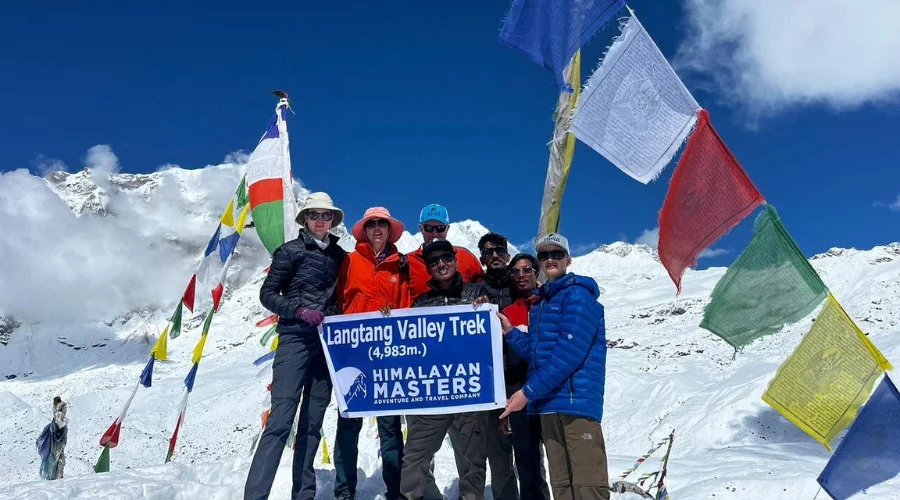
Himalayan Masters will provide you with kind and friendly guides and porters who will walk at your pace. They will get along with kids and senior citizens very well. We also organize teahouses that provide enough space for all the family members.
Transportation depends on your preference. If you want a private car, we can organize that too, which costs a little extra. If you opt for public transport, the cost can be cheap, but comfort can be compromised. We also offer you a Kathmandu valley tour if you like, and this is also your destination upon arrival in Nepal.
Booking procedure
For the booking of your family trek in Nepal, you can directly book through our website or drop a text on our WhatsApp +977 982-3636377. We also customize the itinerary that suits your family.
FAQs about family trekking in Nepal
What is the best age to go to trekking in Nepal?
With all necessary precautions taken, children aged 3-5 can also join with careful planning or by using a child carrier. Children above age 6 and above are totally okay to trek with their parents.
How long should a family trek?
Family treks are more about making memories along with exploration. Kids and senior citizens can have a slower pace, so the trek can last longer than usual. 1-2 weeks are good for family treks.
Will my child get altitude sickness?
Yes, children can get altitude sickness, but with proper planning and preparation, you can ease the symptoms and discomfort.
Are there proper toilets and showers on the trails?
Yes, most trails in Nepal have proper toilets and showers. But there can be squat toilets, too, on most trails.
Do we need travel insurance for the kids?
Yes, travel insurance is a must for kids and adults, too, since it is financial protection in case of any accidents on the trek.
Do we need permits for the kids?
Yes, permits are mandatory for kids.
How much does a family trek cost in Nepal?
The cost of the trek depends on the type of trek you choose, whether it is a luxury or budget trek. Normally, a family trek in Nepal costs between $500 – $2,000.
Is it possible to shorten the trek if needed?
Yes, if you say so. Treks can be shortened in case of accidents and altitude sickness or at your behest.
Want to know more?
Speak to an Expert





Sandip Dhungana
Nepal 🇳🇵
Whatsapp: +977-9823636377

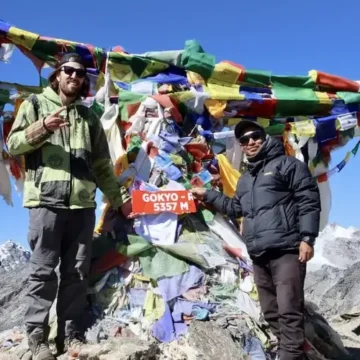

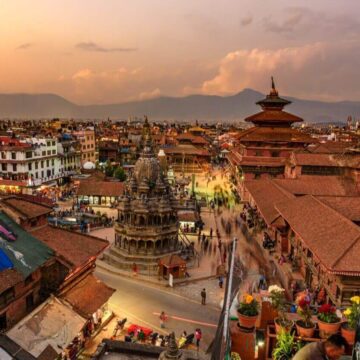
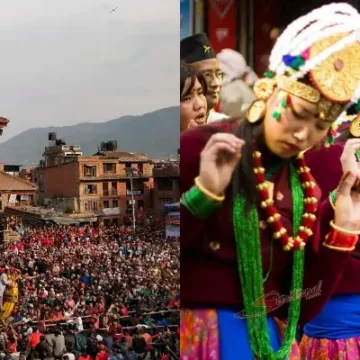
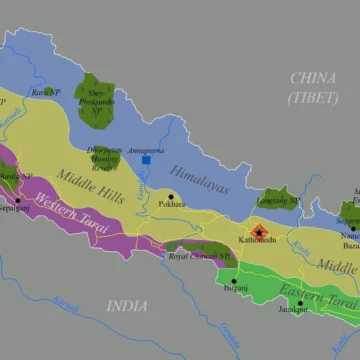
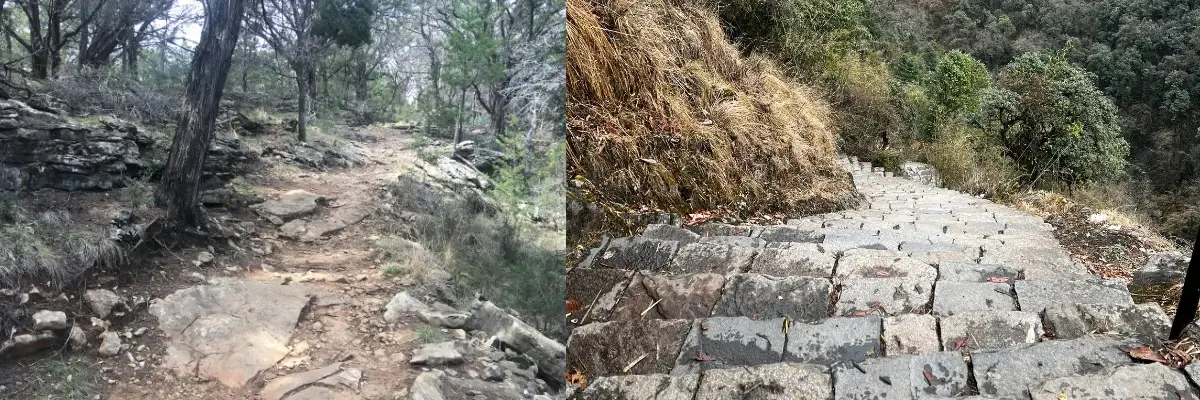
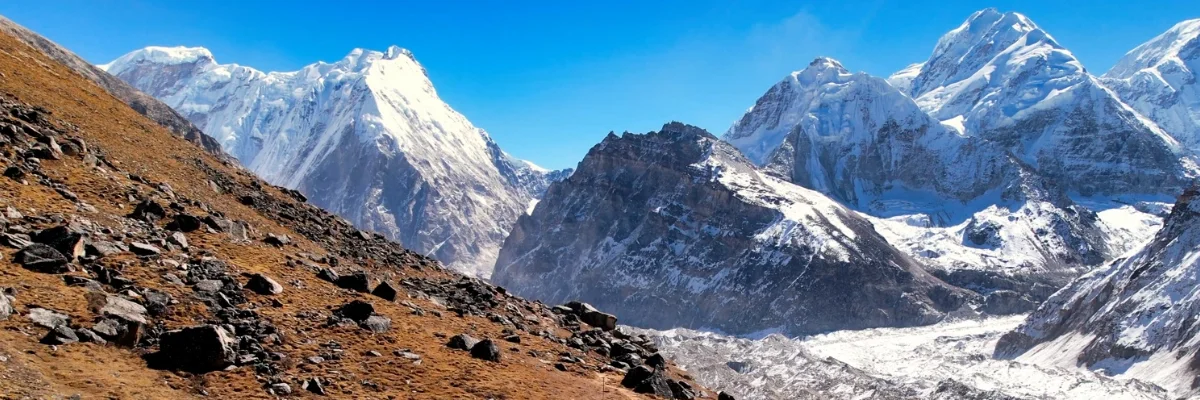
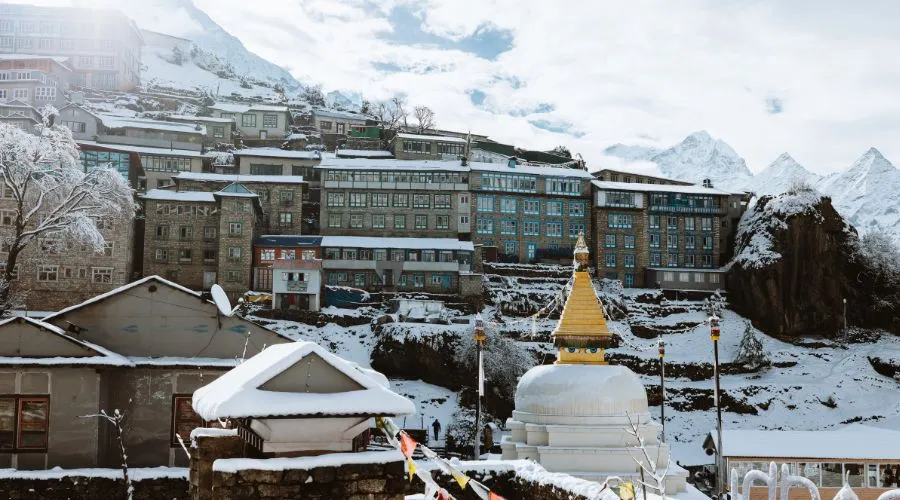
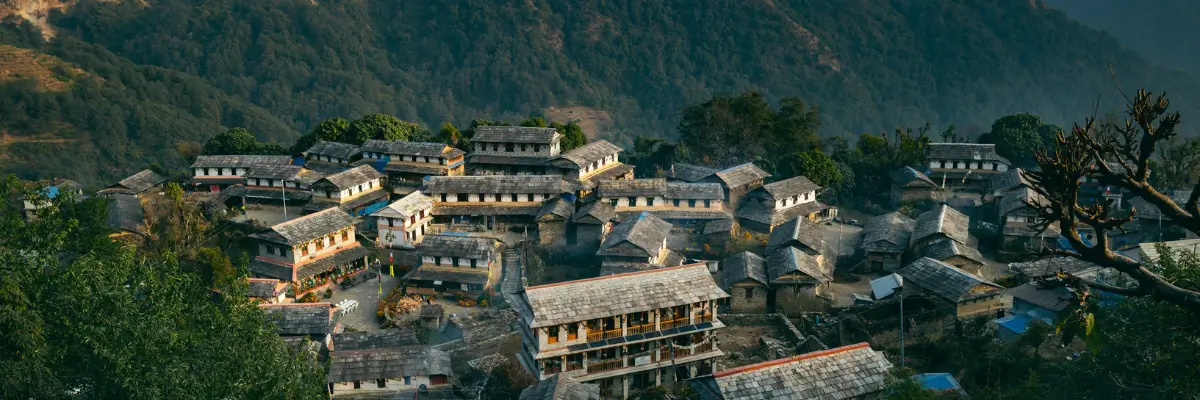
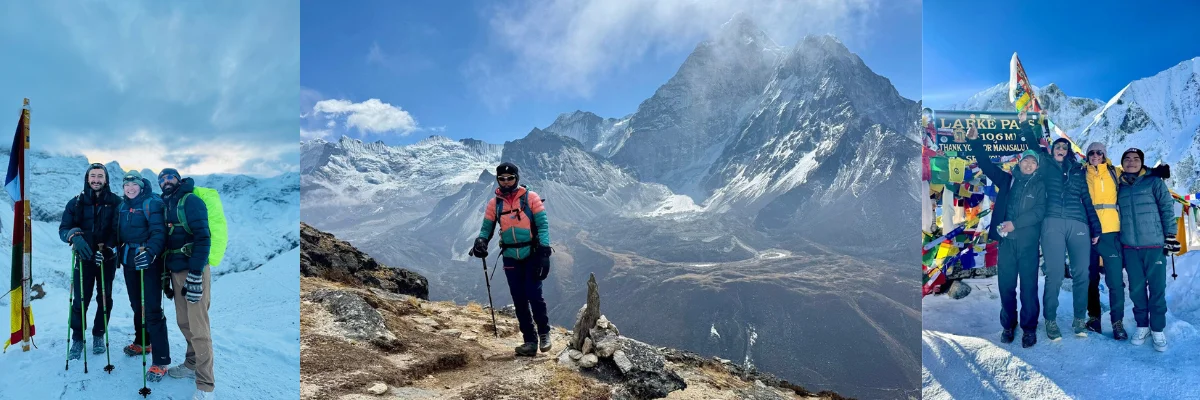
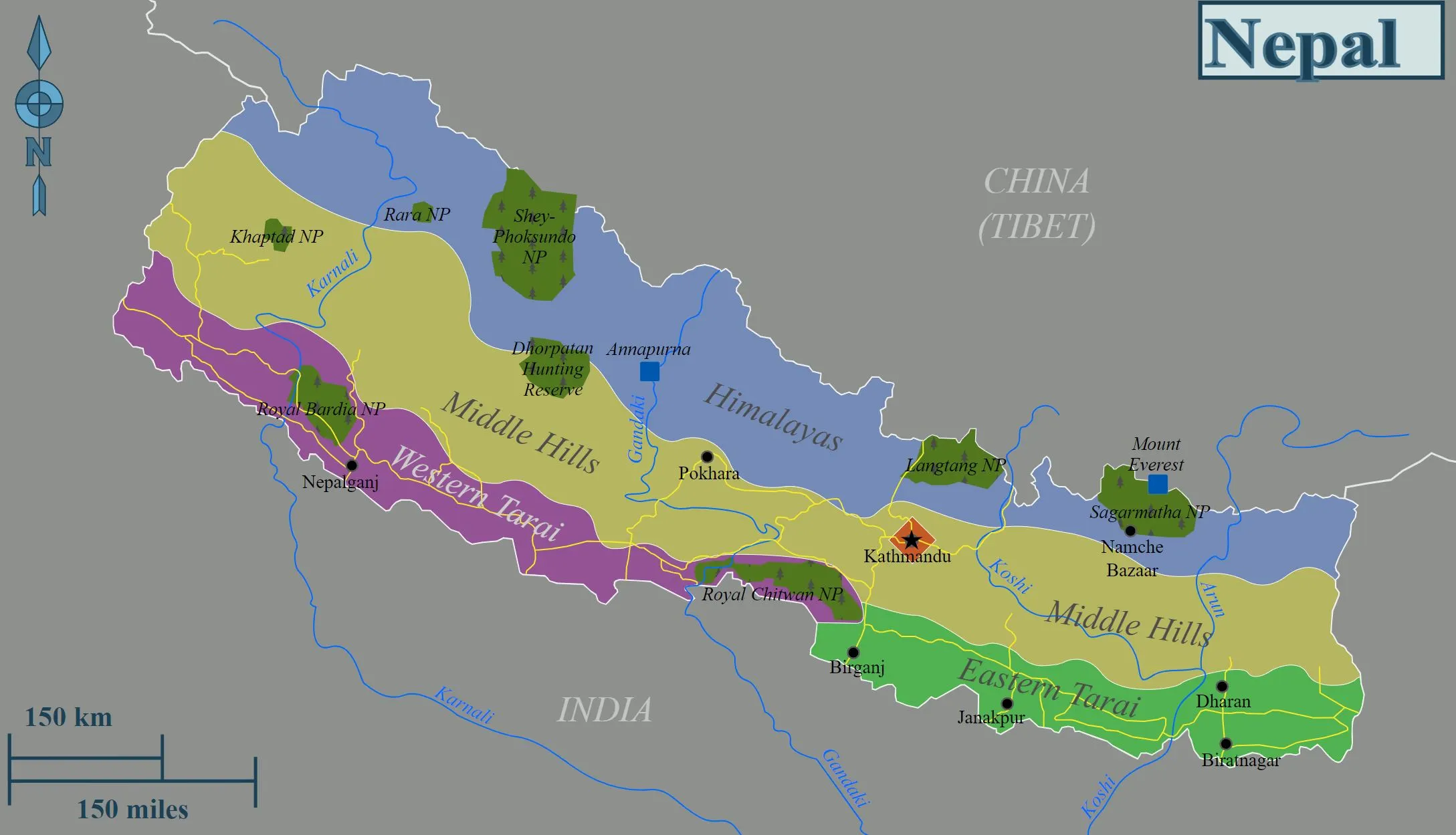
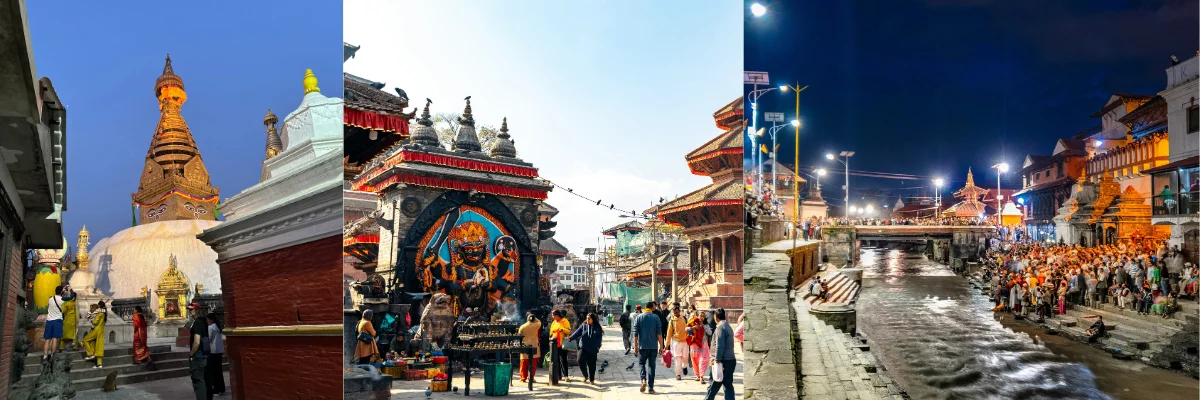
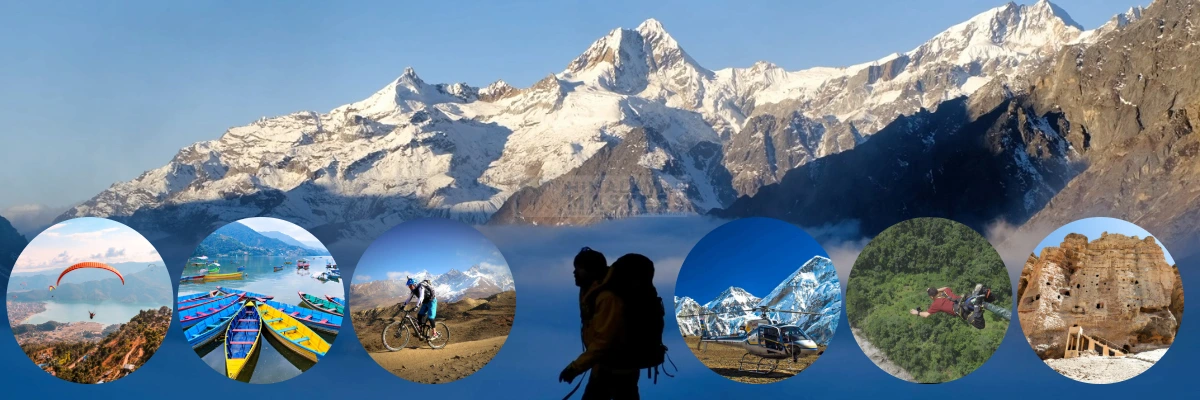









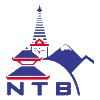
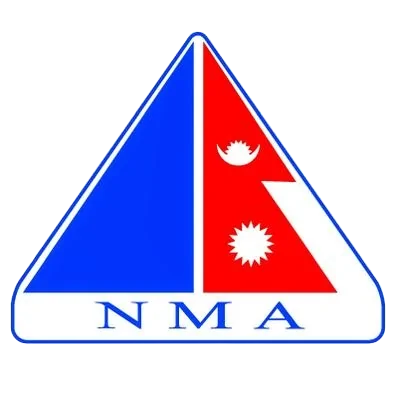

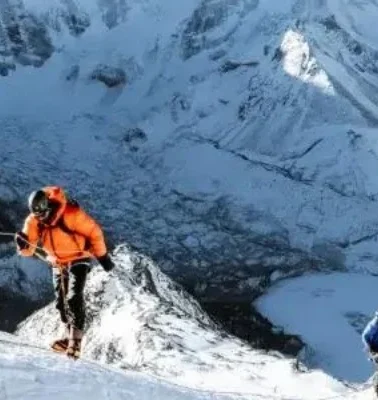
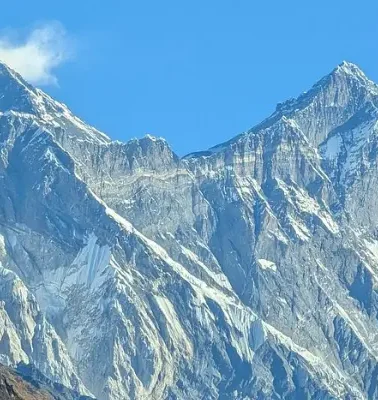
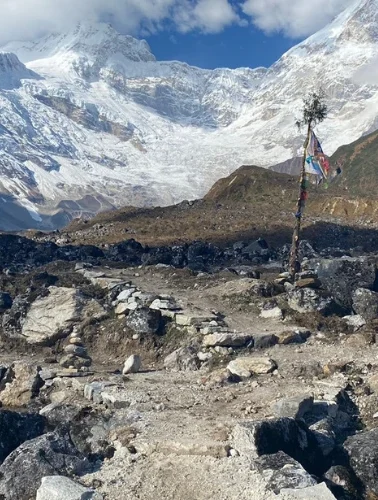
Leave Your Comment